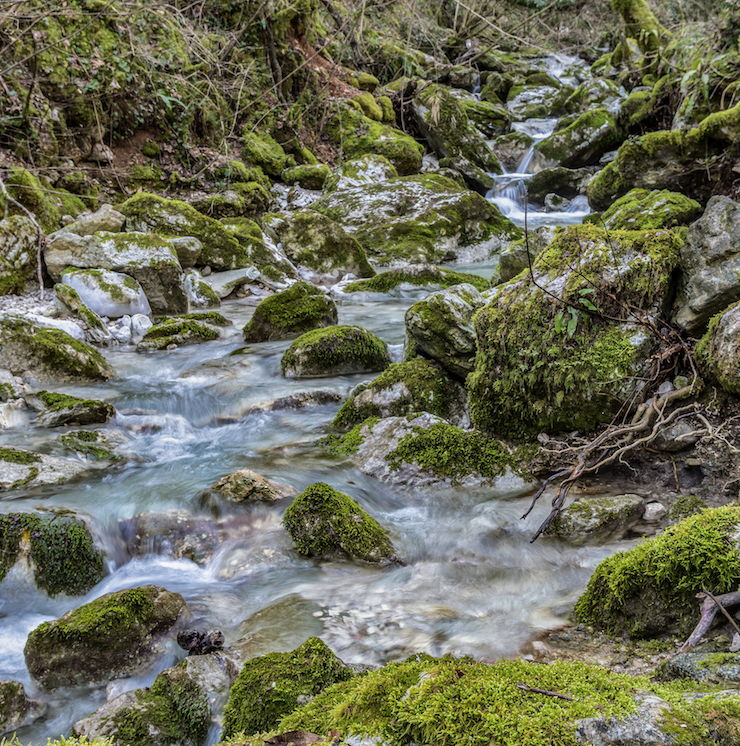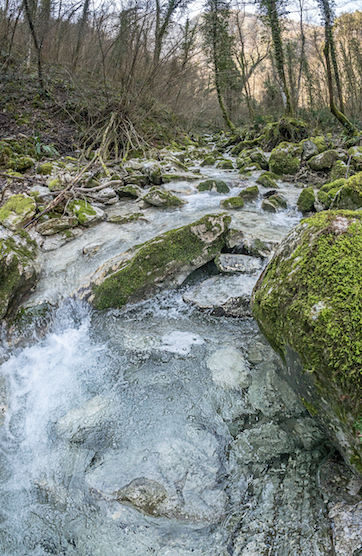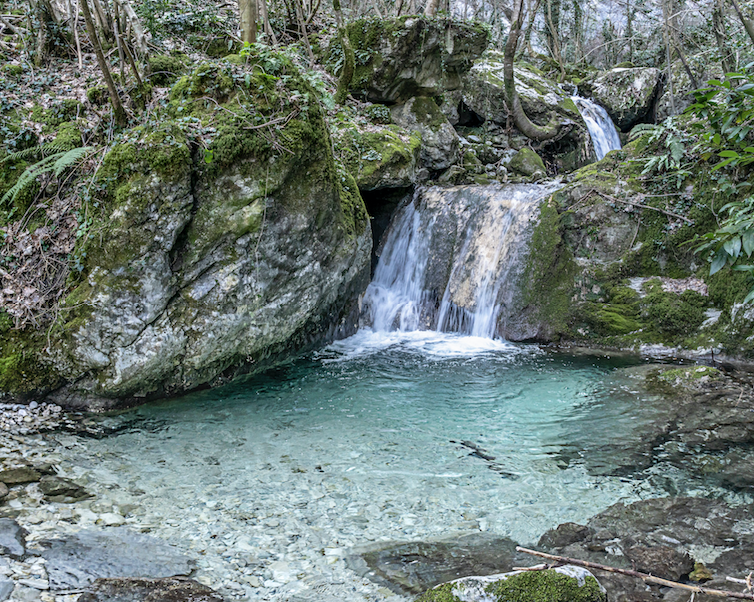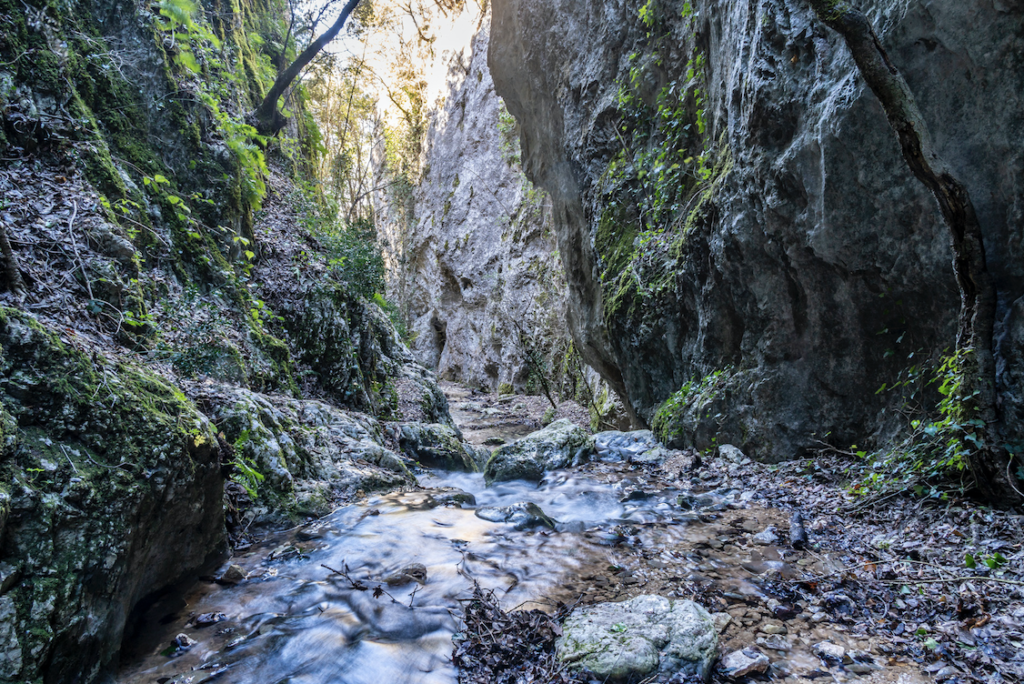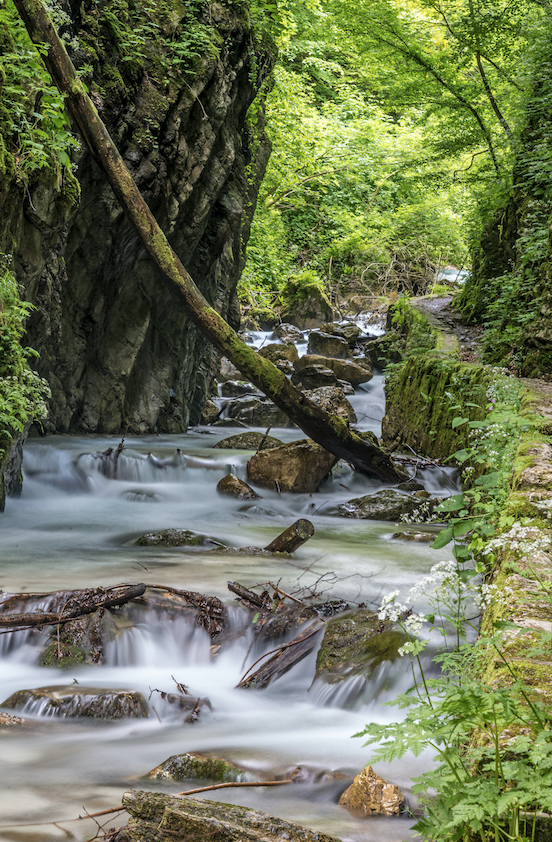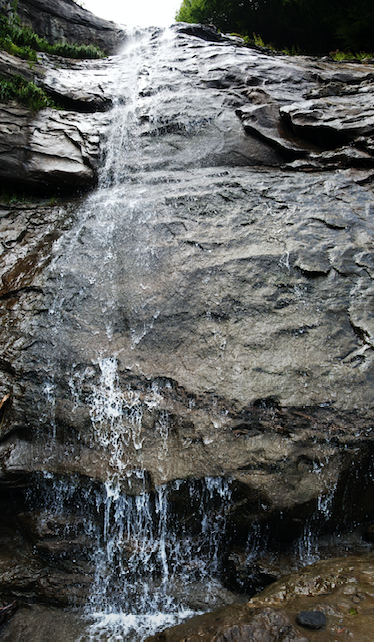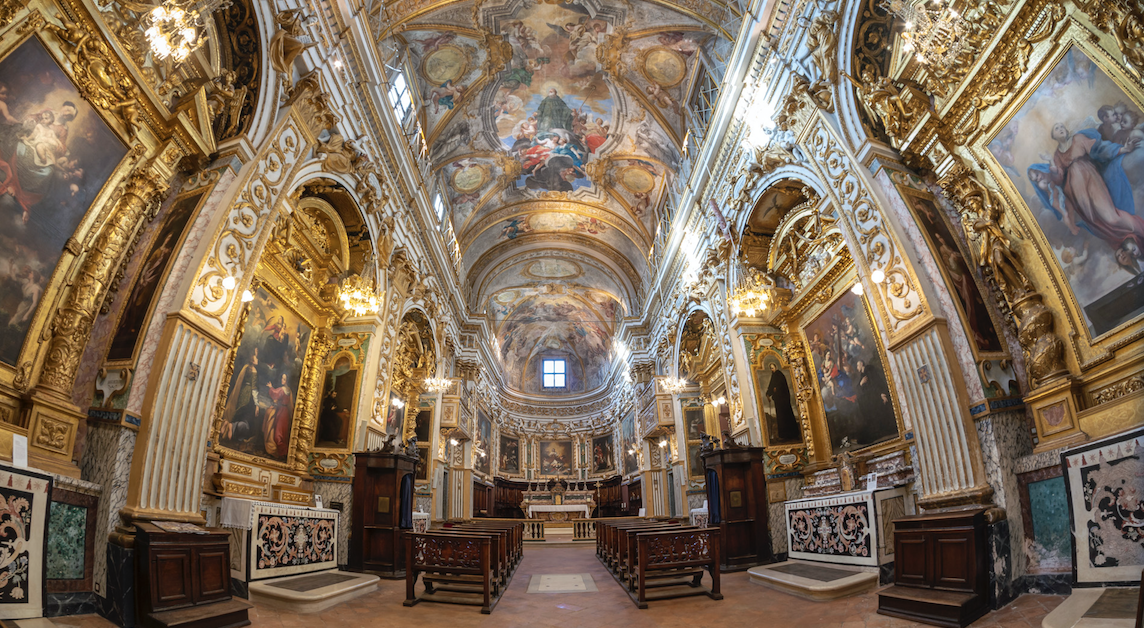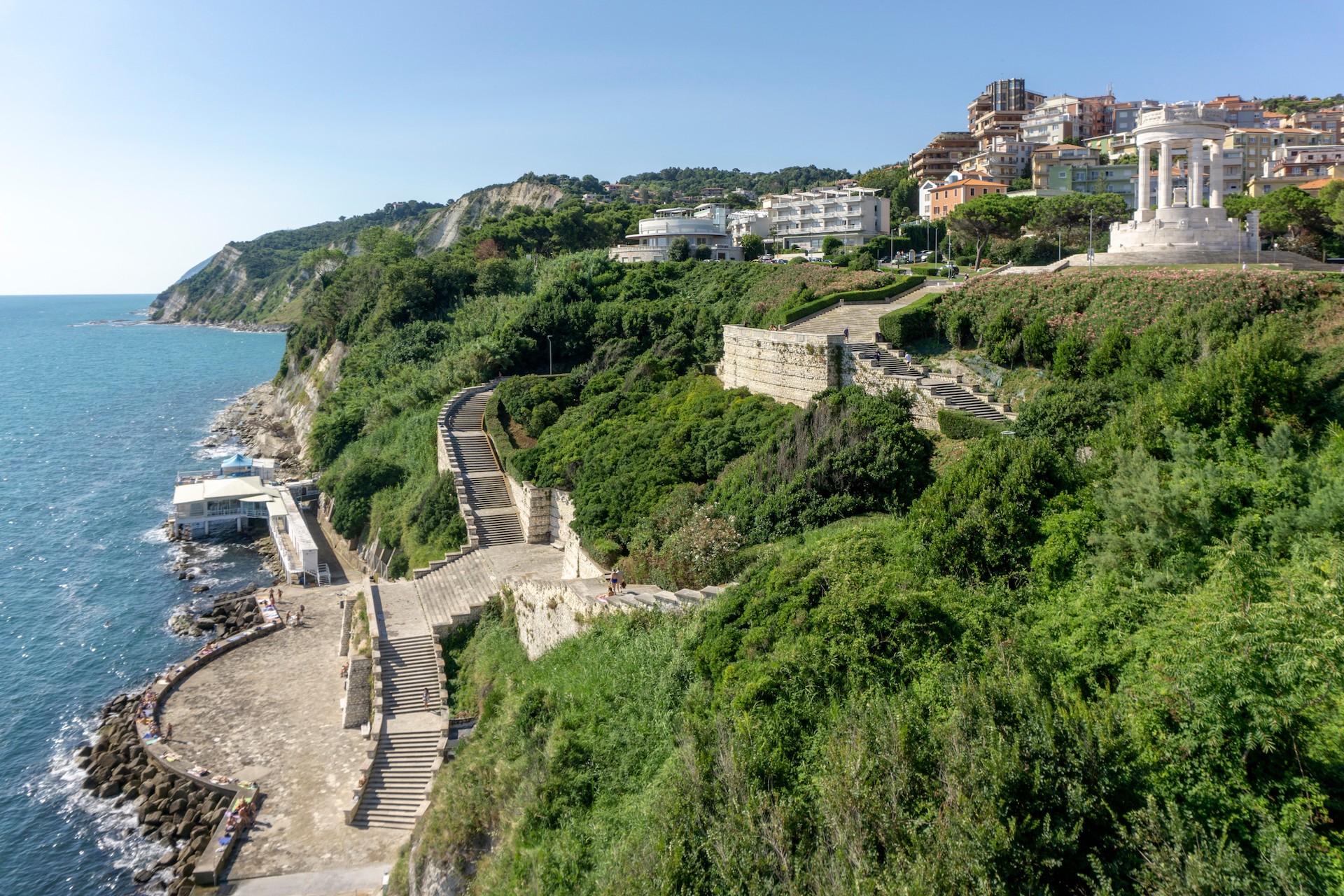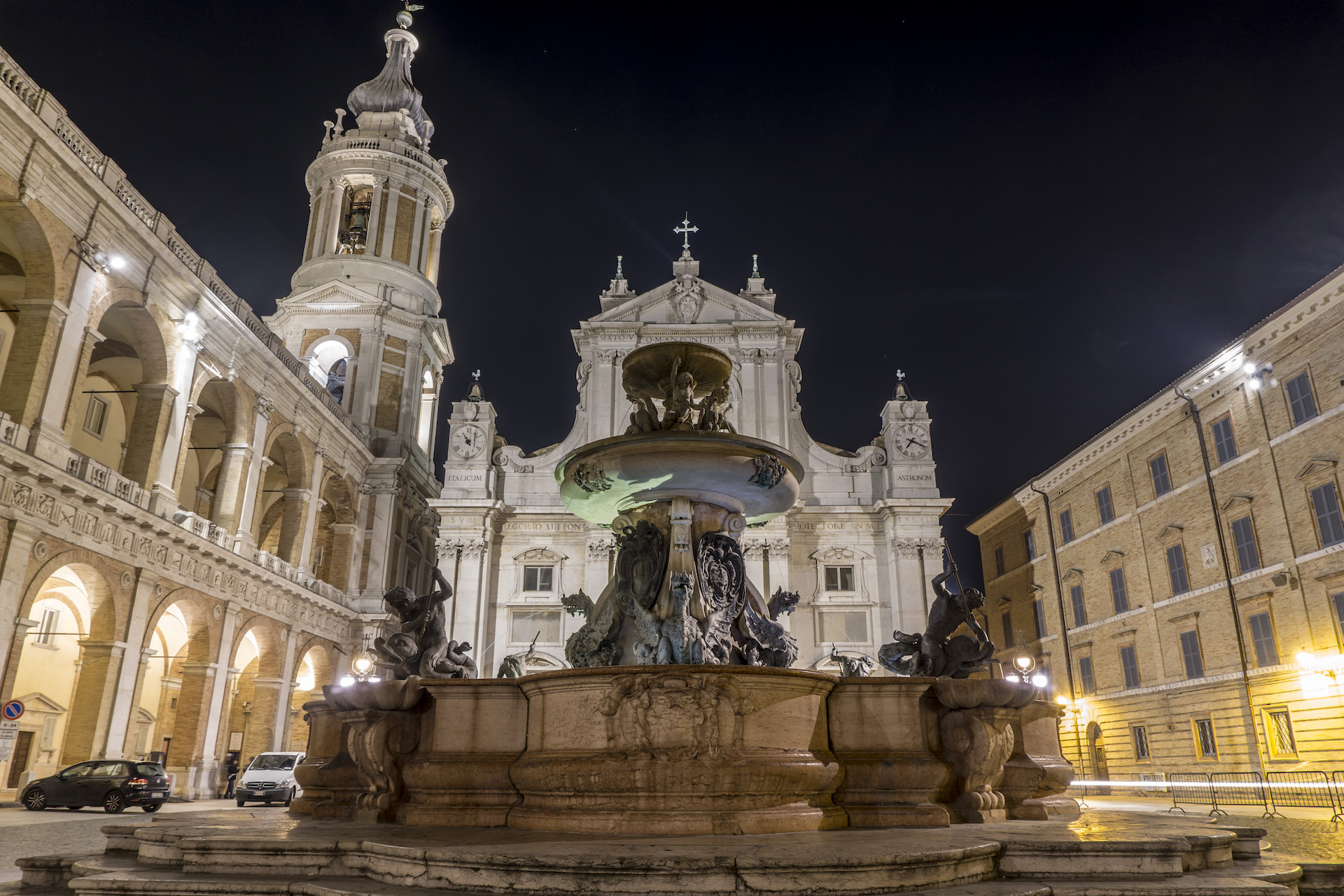Water jumps, the little waterfalls of Marche
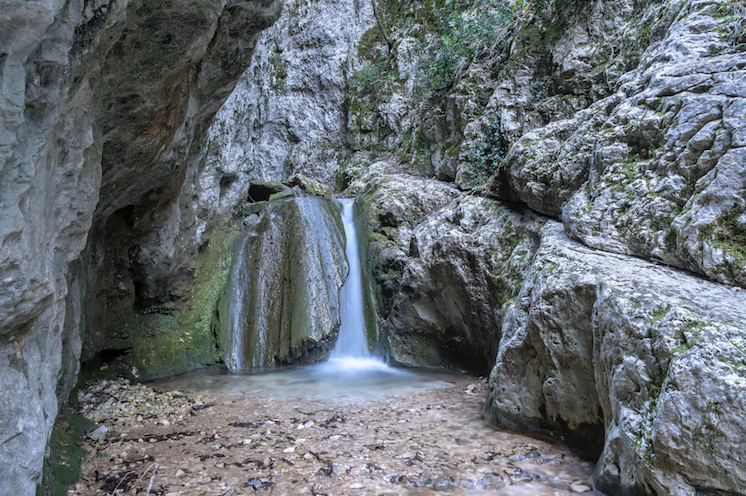
The energy of water, an element vital to earth, can mould the territory it flows through, thus modifying the places and creating, sometimes, canyons and narrow ravines. Waterfalls are jewels set in the mountains. Reaching to most of them is usually easy, but sometimes the path leading there is difficult and hard.
The suggestion created by these charming places is anyway unique: a sensorial mix of lights and sounds, the voice of lapping water which accompanies hikers who get into those fairy-tale sceneries.
Marche are spangled with such charming places and offer a rich variety of little waterfalls which always were a source of inspiration to poets, painters, musicians and all kinds of trekkers and travellers.
Cascate del Sasso (Waterfalls of the Stone)
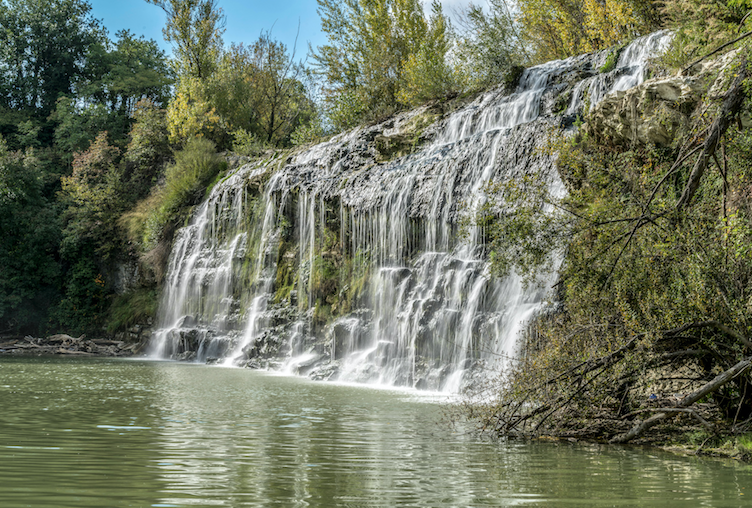
The Cascate del Sasso are in Sant’Angelo in Vado, in the province of Pesaro: they are the most important waterfalls of the Metauro River and are situated a few kilometres away from its source, in a sequence of limestone strata more resistant to erosion, 12 metres high and 60 metres wide. They are also known as “Balza del Metauro” (“The Metauro leap”).
They can be visited from underneath by getting to the river through a passage near an old mill. Even though the path is not in a very good condition, the natural show in front of the visitor is absolutely unique. The pond is surrounded by a rich vegetation of willows and poplars; it is even possible to see such rare birds as kingfishers.
Forra di Riofreddo (Riofreddo Ravine)
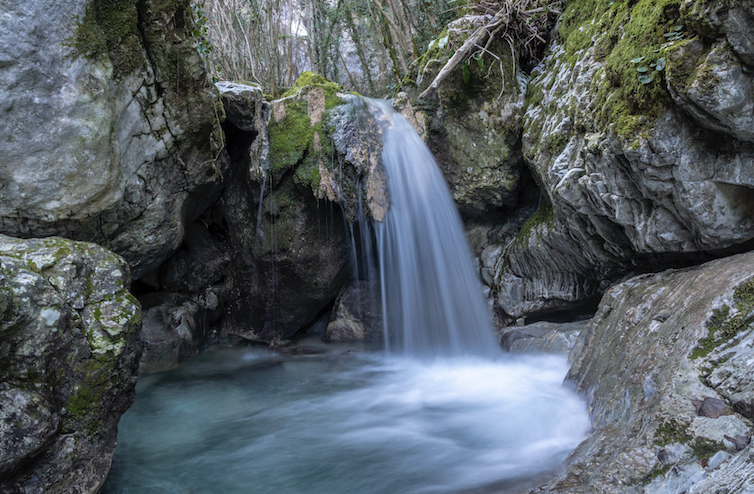
In the province of Ancona, in Sassoferrato, we find the Riofreddo Ravine, a canyon dug in the rocks by the homonymous river. The word “forra”, indeed, means “a space between two cracks”. The river comes from Mount Cucco, on the Appennine mountains between Umbria and Marche, and meanders along its southern slope creating a splendid rocky environment rich with ponds, waterfalls, canyons and narrow pathways. Though often exposed to the sun, the ravine has a cold micro climate. It consists of two areas, separated by a level area.
The second of such areas is the most interesting and pleasant to visit because of its varied and fantastic landscape: in some places there are caves which can be visited by rock climbers and speleologists only. It is also its longest part, accessible through tracks and rocky paths. Assisted by members of sport associations, aficionados can also perform roped descents.
Gola di Jana (Jana Canyon)

In the province of Macerata, a special interest deserves the Jana Canyon near Braccano, a borough of the Municipality of Matelica adorned with characteristic multicoloured houses and artistic murals. Visitors may reach by car up to an open space, beyond which it is necessary to continue on foot. After turning right at the first crossroads and crossing a little creek, visitors get to the very narrow entrance of the canyon, which is very cold because the sun can practically never penetrate down there. The path becomes now very difficult and more attention must be paid because of the slippery ground. Here visitors are in the area of the Natural Reservation of San Vicino and Canfaito, rich with meadows, brooks and canyons.
No further progress is possible beyond the second waterfall, but the blue water and the polished walls of the canyon satisfy the visitors’ eyes; it is a fairytale wonder, whose silence is only broken by the sound of the falling water. The way back bears no difficulties. A visit deserves also the Roti abbey, which is told to have hosted the mysterious Order of Templars, as is perhaps attested by a number of Malta crosses on the still standing doors. Here, a wide grassland landscape offers peace and serenity to the mind and the spirit.
Gole dell’Infernaccio (Infernaccio canyons)
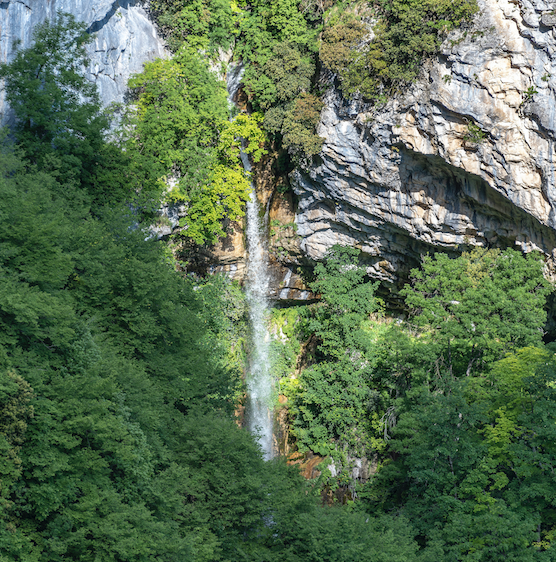
In the province of Fermo, more precisely in the Municipality of Montefortino, into the very heart of the Park of the Sibillini Mountains, one can get to the Infernaccio Canyons, created by the Tenna River. They are the destination of walks and excursions especially in the summertime, since they stay fresh even in the hottest summer days. The steep rocky walls which in some points almost join, and the light that hardly gets through, make visitors feel like they are in a circle of Dante’s Inferno.
The initial part of the walk is characterized by the “pisciarelle”, water drops falling from the above rocks, which look like an open space shower. From the canyons, visitors can climb through a thick beechwood up St. Leonard’s hermitage, a place rich with spirituality 1.178 meters above sea level, and carry on up to the Cascata Nascosta (Hidden Waterfall), also called Salto del Rio (River’s jump), a waterfall created by a tributary of the Tenna river. It is worth noticing that in winter this area is subject to the risk of avalanches, and is therefore recommended not to get there before mid springtime.
Volpara Waterfalls
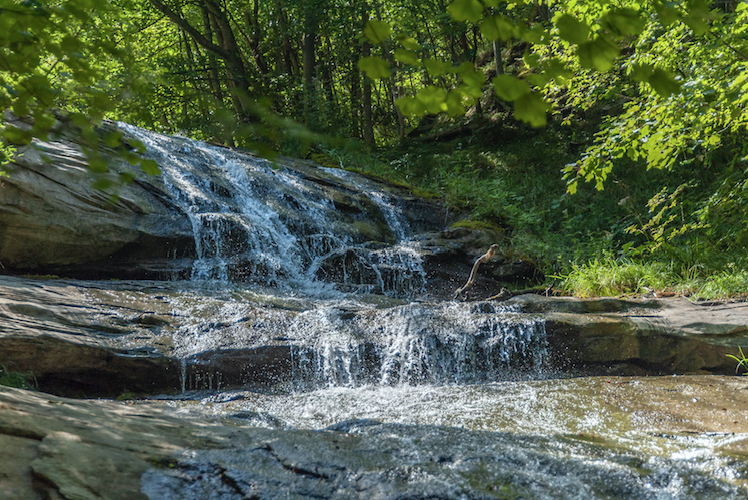
The province of Ascoli is represented by the Volpara Waterfalls, on the Marche slopes of Mounts della Laga, where one can reach by walking a path starting in Umito, a borough of Acquasanta Terme, 640 meters above the sea level. The path leading to the basis of the jumps is rather easy and popular, thanks to well kept tracks and to the presence of labels and fences. Cars can reach up to a concrete bridge, beyond which the road is closed to traffic. The tour continues therefore on foot up to a cave where lie the ruins of a furnace.
The path gradually approaches the creek, up to a last ascent which reaches to the natural amphitheatre dominated by the “Macèra della Morte” (“Deadly Ruins”), a border point of three regions. The Volpara Waterfalls come down from the right ravine. This itinerary in the Gran Sasso National Park is magnificent most of all when thaw takes place and the payload of waters is bigger and the show of the waterfall is consequently more majestic.



